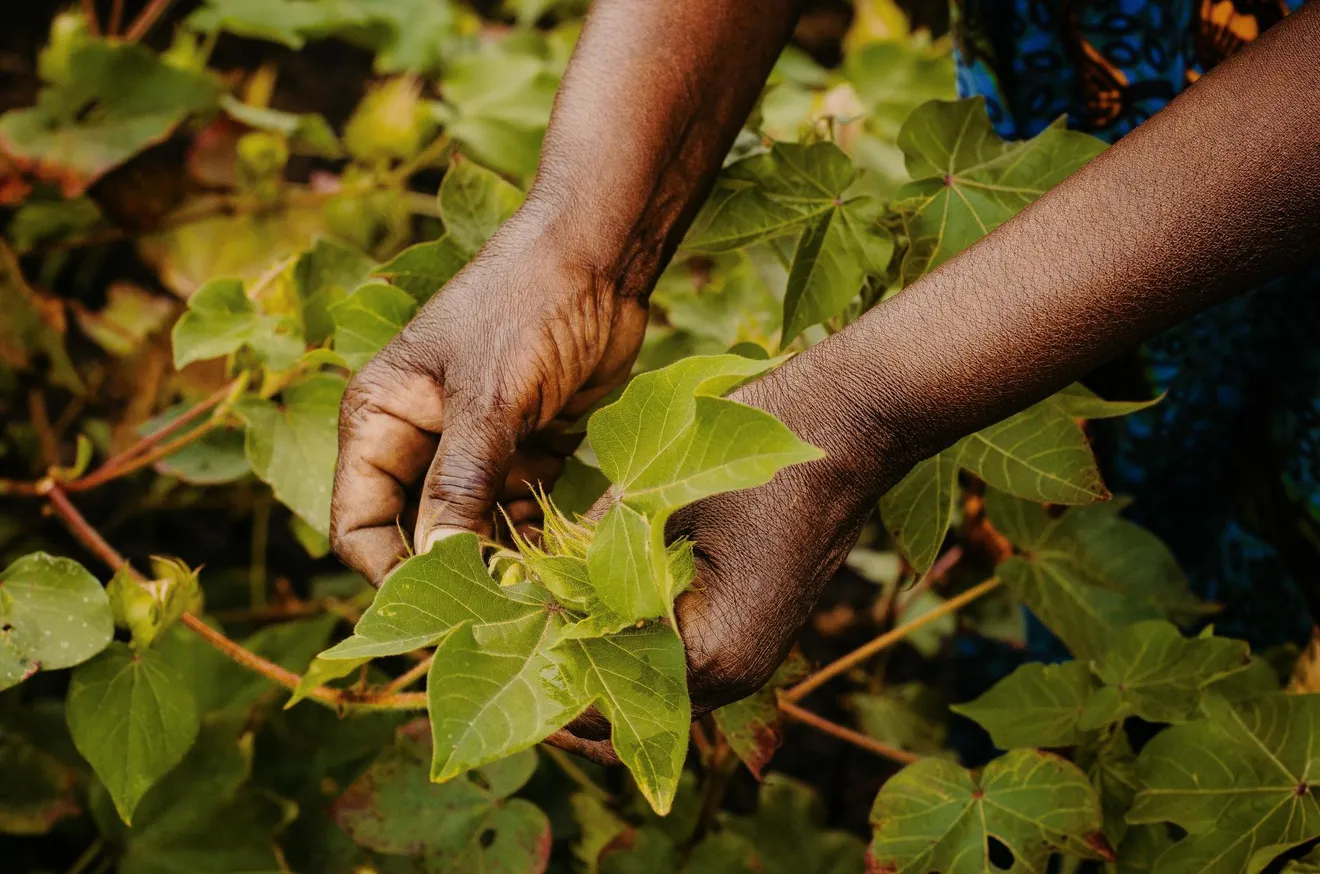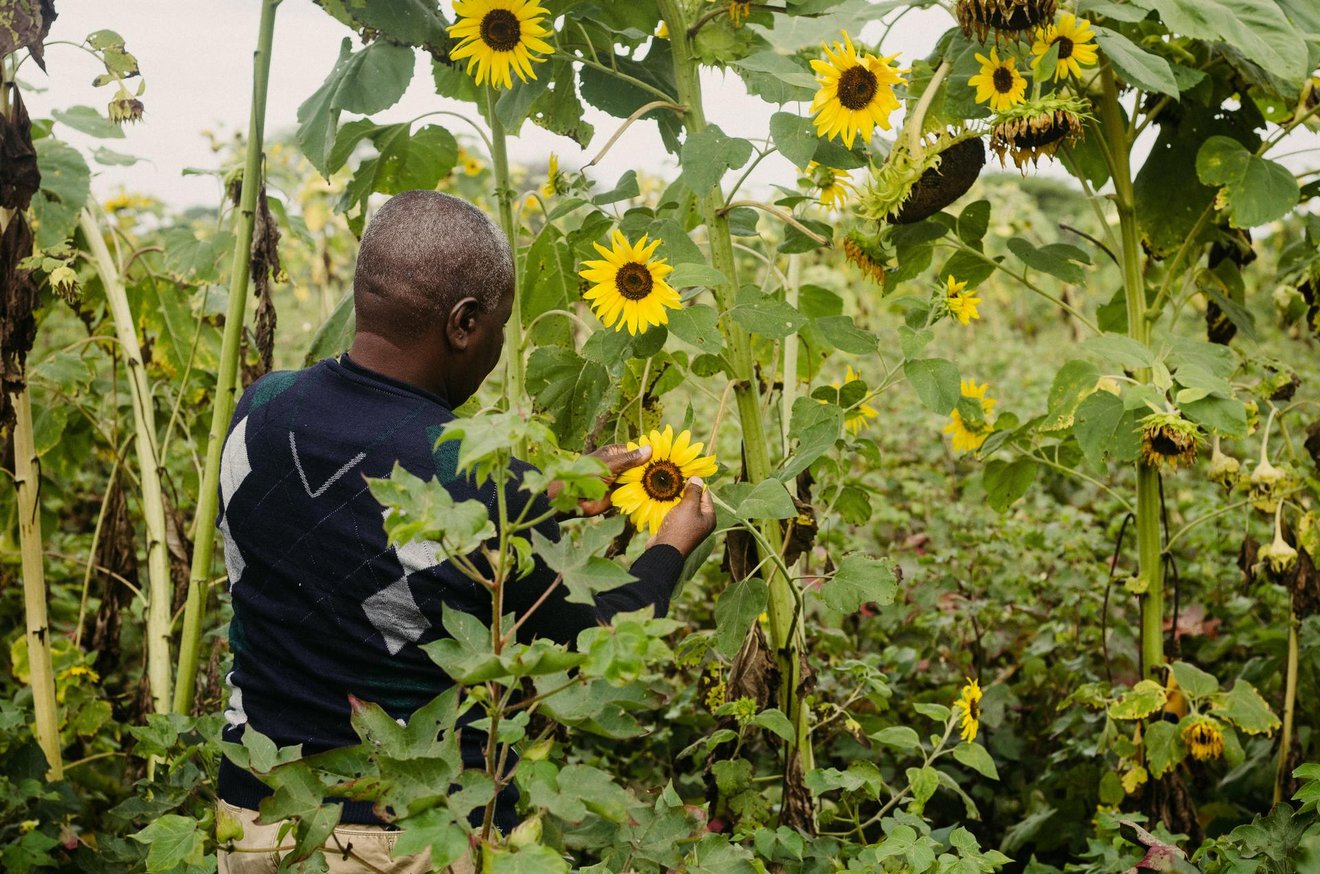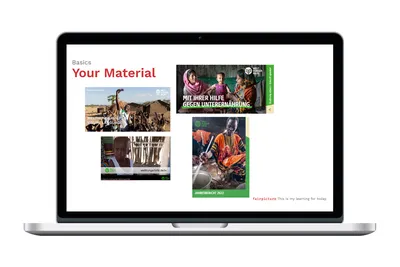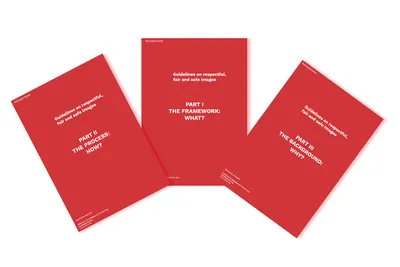
Photo: 2021 Meatu district Tanzania | Amini Suwedi / bioRe / Fairpicture
Power relations are relatively stable and yet dynamic. Structures of power have evolved over longer periods of time; they are a result of history. And yet, they can change. Patterns of representation – the way people and groups are and have been depicted – are both a reflection of struggles for power and a source of change. That some images from the past might seem ‘outdated’ to us today points to changing visual conventions. What is considered ‘appropriate’ depends on context. It is, then, upon all of us to shift the conventions of photography into the direction of fair representation. But what does that mean in practice?
At Fairpicture, we are sure about the kind of images we want to avoid: discriminatory, stereotypical, degrading imagery of people and communities, whose lives have often been deemed unimportant because of who they are, where they live, or what they do. We believe that by not giving in to problematic stereotypes and clichés, we interrupt harmful patterns of representation. With that approach, we are part of a vibrant discourse around ethical storytelling and a community devoted to changing the practices of visual communication.
Current debates in this regard draw on earlier critiques of biased and overly negative imagery. When in the 1980s the Live Aid Campaign relied heavily on stereotypical images of people – and especially children – affected by the famine in Ethiopia, several international agencies and NGOs from Africa and Europe came together in the “Image of Africa Project” in 1986. They produced one of the earliest efforts for a regulatory framework for ethical storytelling in the context of development and humanitarian relief. They asked for a stronger role of African media in framing the crisis and its root causes. And they demanded that Western media stop focusing on external relief efforts and instead grant agency to the people affected by the crisis, by “report[ing] in detail on efforts made and initiatives taken by the people in response to the crisis”. Their appeal sounds quite straightforward and clear. Yet, we still often hear quite similar critiques of harmful visual representational patterns, especially when it comes to the images of the Global South in the Global North. Why are we still struggling with the same questions after almost 40 years?
My question might sound deliberately naive. At the same time, it deserves to be taken seriously. We do indeed still grapple with similar challenges – for many reasons. First, a no-brainer: the world is complex and change needs time. That’s not much of a help here. Second, it lies in the nature of power relations that there are forces working hard to sustain the status quo because it suits their interests. Stereotypes are not random: instead, they serve to justify inequality. They are mobilized for specific purposes and are not just somewhere ‘out there’. Third, I suggest that we are also still struggling with fair representation because the answer to “What, then, should we do?” is itself anything but straightforward.
So what kind of images DO we want – we at Fairpicture and all of us, who speak of fair representation and ethical visual storytelling? We want images that do justice to the realities of those depicted; that make those depicted the contributors to their own stories instead of objects of a ‘foreign’, Eurocentric gaze. Images that are positive instead of negative and true instead of false. Images that show the vibrancy of life and the complexity of people’s experiences and biographies.
Miša Krenčeyová, Fairpicture
The problem is: representation is not reality. It is always a mere selection of it. What we see in the picture will never fully do justice to whatever lies beyond it. Speaking of true, positive, or authentic images is, therefore, an auxiliary construct that helps us distinguish what we want to avoid: false, negative, manipulated images. Fair representation is a vision (and our mission) – yet how it looks in practice is often indeterminable in advance and has a lot to do with doing things in an unusual and unexpected way.
Instead of longing for the ‘perfect’ representation of ‘reality’, focusing on the effects of different kinds of representation might help us. It allows us to be more realistic: if representation is never reality itself, it is unrealistic to expect an image to represent anything in a ‘pure’ or direct way. Being aware of the effects of an image also requires us to consider its many contexts: Will the prospective audience understand the image in a way similar to the visual creator? Might the image reinforce negative ideas that potential viewers hold about those depicted, or people (seemingly) similar to them?

Photos: 2021 Meatu district Tanzania | Amini Suwedi / bioRe / Fairpicture
Thinking about fair representation in terms of its effects also enables us to perceive its contradictions – and to deal with them. For example: we know that negative stereotypes are problematic. They nurture negative views of people from disadvantaged groups and contribute to sustaining inequality. Think of the stereotypes ingrained in Western viewers’ minds after the Ethiopian famine mentioned above. They reduced the image of a whole continent to suffering and helplessness, stripping people of their agency and complexity. Would ‘positive’ imagery have been ‘better’?
It depends. Positive stereotypes not only still are stereotypes – they, too, serve to sustain negative biases privileged groups hold towards disadvantaged groups. Positive stereotypes restrict spaces of maneuver and ascribe to people how they are supposed to be or what they are supposed to be good at – and, as a consequence, what roles they should rather avoid. Seemingly ‘positive’ stereotypes ultimately do not challenge power relations but reinforce them. They have the same function as ‘negative’ ones: assigning people to inferior or superior positions, not allowing for depth or nuance. Historically, stereotypes of groups always consisted of both dimensions: positive and negative images that complemented each other and both cemented unequal positions of power by justifying inequality.
Visual communication thus needs more than just ‘getting rid of stereotypes’. An individual image might not change much, but a lot of ‘different’ images contribute to altering destructive patterns. And a single image still should be fair to those whose realities it relates to. It does not have to provide ‘the truth’ – rather, it should invite viewers to be attentive and curious about the depth of diverse lives and experiences by selecting an incomplete but intriguing part of reality – in a manner fair to all those involved.
Miša Krenčeyová, Fairpicture
The selection, then, makes the difference. Thinking about the effects a particular image might have – on the viewers and their perceptions, on those depicted and their dignity – is one of the starting points for striving towards fair representation. We will not know for sure what the ‘real’ effects will be – but we will already have made a step to allow for diversity: of images and stories, of issues and perspectives, and of patterns of representation, which ultimately have real effects themselves.


